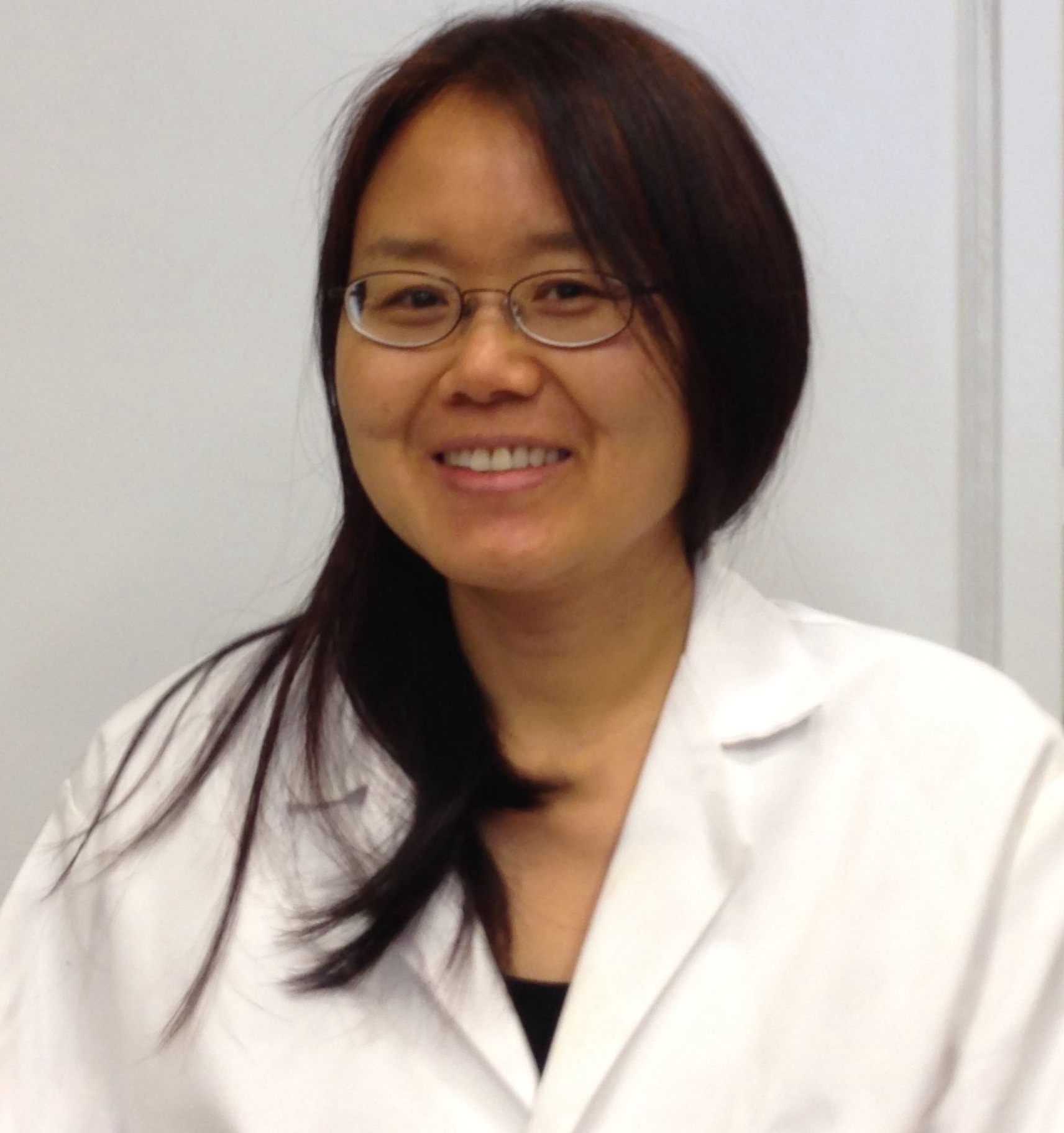CRS Scientist Spotlight on Dr. Ping Yin, MD, PhD
Ping Yin, MD, PhD, is a Research Associate Professor in Dr. Serdar E. Bulun's lab. Her research focuses on the mechanisms underlying the development of human uterine leiomyomas.

What brought you to join the CRS community and what is your current position?
I am currently a Research Associate Professor in Dr. Serdar E. Bulun's laboratory. I joined CRS because it is an exceptional community of scientists and researchers dedicated to reproductive biology. From the beginning, I was impressed by the diverse range of interconnected projects and the collaborative spirit, where everyone supports one another.
Could you describe your research?
My research has focused on understanding the mechanisms underlying the development of human uterine leiomyomas. Uterine leiomyomas are the most significant neoplastic threat to women worldwide. Since no long-term, non-invasive treatment options exist for leiomyomas, gaining a deeper insight into tumor etiology is key to developing more effective medical therapies.
What aspect(s) of CRS do you find most valuable or look forward to engaging in?
I found the weekly reproductive research update seminar series very helpful. It provides trainees with the opportunity to learn how to present their findings, ask scientific questions, and manage the meetings. All these skills are critical for a successful scientific researcher. Additionally, these presentations help trainees learn research techniques, find collaboration opportunities in the field, and broaden their research perspectives.
What has been the most valuable aspect to your training as a reproductive scientist?
The most valuable aspect of my training as a reproductive scientist has been collaborating with other research members, not only by asking for help but also by being willing to assist others. During my time here, I had the opportunity to be involved in Northwestern’s Uterine Leiomyoma Research Center Program. Working with senior PIs, I learned how to take on independent project responsibilities and gained experience in collaborative research and mentoring. I recognized the importance of creating a flexible and evolving research plan while adhering to important deadlines and maintaining frequent communication with members of my research group and the larger scientific community.
What would you recommend to junior scientists in order for them to succeed in their scientific careers?
As a scientist, I believe it is critical to work hard and be perseverant. It is acceptable if your experimental results do not support your hypothesis, which happens frequently in scientific research. Whenever you encounter challenges, communicate your findings effectively to peer researchers or mentors who can provide guidance, support, and insights into your research.
What do you think will be the next big contribution in the reproductive biology field?
For me, new non-surgical treatment options for human uterine leiomyomas are essential. Uterine leiomyomas are common and can significantly impact a woman's quality of life, causing symptoms such as heavy menstrual bleeding, pelvic pain, urinary frequency, and fertility issues. The economic burden associated with leiomyomas, including healthcare costs and lost productivity, is substantial. While surgery (such as myomectomy or hysterectomy) is often effective in managing symptomatic leiomyomas, it is not always the preferred option, especially for women desiring fertility preservation.
What hobbies do you have outside of the lab?
I enjoy walking on the beautiful streets of Chicago. I also love gardening and watching documentaries and movies.